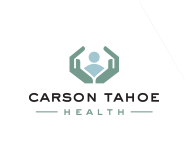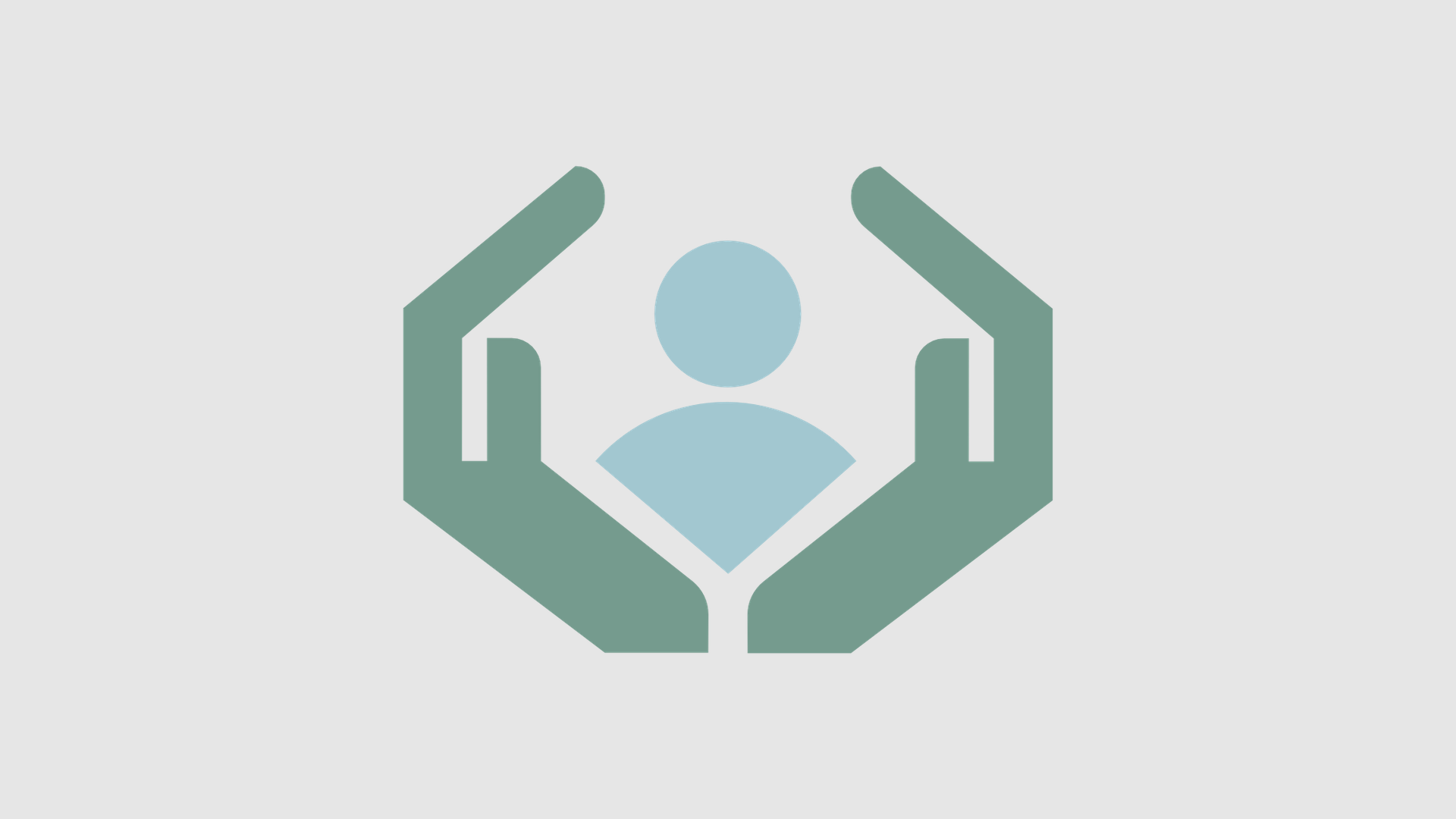
Approximately one million Americans suffer a heart attack each year, killing roughly 400,000 people annually, making heart attack the leading cause of death in the United States. Fortunately, treatments are available that can save lives and prevent disabilities; however, recognizing heart attack symptoms and getting help quickly is the best thing you can do to save you or a loved one.
Simply speaking, a heart attack occurs when blood flow to the heart is blocked. The blockage is usually caused by the buildup of plaque inside the coronary arteries which supply blood and oxygen to the heart. Eventually, an area of plaque can rupture, thus forming an open wound within the artery wall and causing a blood clot to form on the surface of the plaque. If the clot becomes large enough, it can block the flow of oxygen-rich blood to the heart resulting in a heart attack. If the flow of blood isn’t restored quickly, heart muscle suffers permanent damage and begins to die.
The most commonly reported symptom of a heart attack is chest pain. Many people describe the pain as a crushing or squeezing feeling. Sometimes it can be mild, sometimes extremely strong. It might last for a long time, yet it may go away and then come back. The pain may spread from the chest to the left arm, back, jaw or neck.
This chest pain, when coupled with one or more of the following symptoms, usually results in a heart attack:
- Sweating
- Nausea and vomiting
- Trouble breathing
- Fatigue
- Shortness of breath
- Dizziness or lightheadedness
- A fast or irregular heartbeat
- Pain or pressure in one or both arms, back, neck, jaw or even stomach
Presently there is a misconception that heart disease and heart attacks primarily affect men — but heart disease doesn’t discriminate. It is also the number one killer of women. Fueling this misconception is the fact that men and women suffer different symptoms and warning signs during a heart attack.
Research conducted by the National Institute of Health showed that 95 percent of women surveyed often experience new or abnormal physical symptoms as early as a month prior to suffering a heart attack. The most common symptoms reported were unusual fatigue, sleep disturbance and shortness of breath. Shockingly, fewer than 30 percent of the women said they had chest pain, and 43 percent reported they had no chest pain at all. As more research data comes in, it’s becoming increasingly clear that women’s symptoms are not as predictable as men’s.
Women most often experience the following symptoms up to a month prior to a heart attack:
- Unusual fatigue
- Sleep disturbance
- Shortness of breath
- Indigestion and nausea
- Anxiety
Symptoms during the heart attack may include:
- Shortness of breath
- Heart flutter or racing
- Heartburn
- Weakness
- Unusual fatigue
- Cold sweat
- Dizziness
- Pain in the back, between the shoulder blades
- Coughing
There are many possible reasons for the disparity in symptoms. If you look at it from a scientific perspective, women’s hearts are physiologically different from men’s. While this area of study is relatively new, it is certain that women tend to have smaller hearts and smaller arteries. Researchers believe that women also have a faster heart beat, due to a different intrinsic rhythmicity to the pacemaker of their heart, and that it may take their heart longer to relax after each beat.
Perceived pain also is a differentiating factor when looking at heart attacks in women vs men. There are various ways the brain interprets the discomfort signals sent out by the heart. What women perceive as pain is very different from what men perceive as pain. Women tend to ignore the signals while men are more likely to recognize their symptoms as being related to their heart.
According to a survey taken by the American Heart Association, women are more likely to fail to recognize that they are having a heart attack and then they seem to wait longer to seek help. The survey reported that 78 percent of women would call 911 to save someone else, but less than half said they’d call 911 if they were experiencing the same symptoms. Instead they’d “wait it out.” Due to these enlightening facts, the U.S. Department of Health and Human Services has launched a new national campaign urging women to learn the signs of a heart attack and to call 911 immediately upon experiencing the symptoms.
If you are experiencing symptoms of a heart attack, act fast. Quick treatment could save your life.
1. Call 911 or other emergency services right away. Describe your symptoms, and say that you may be having a heart attack.
2. Stay on the phone. They emergency operator will tell you what to do.
3. After calling for help, chew 2 adult-strength aspirin or 3 to 4 low-dose aspirin. Aspirin helps keep blood from clotting, so it may help you survive a heart attack.
If you can’t reach emergency services, or an ambulance is not readily available, have someone drive you to the emergency room as soon as possible. Do not drive yourself.
And if you find yourself in an ambulance or emergency room, don’t be afraid to say, “I think I’m having a heart attack.” If the thought crosses your mind that you may be having a heart attack, you need to speak up. Remember that getting treatment quickly can save your life, so don’t wait. Even if you’re not sure it is a heart attack, you still should have it checked out.
If you have any questions or concerns regarding heart disease, please contact your doctor. When in doubt, check it out.
Dr. Baker is a Board Certified Cardiologist at Carson Tahoe Cardiology.







